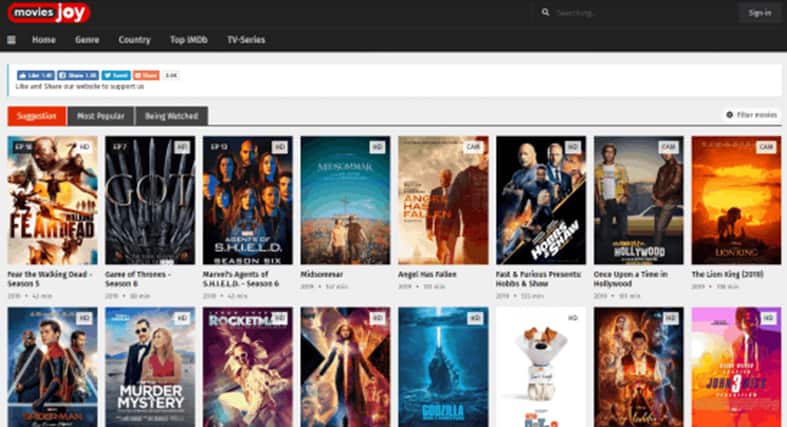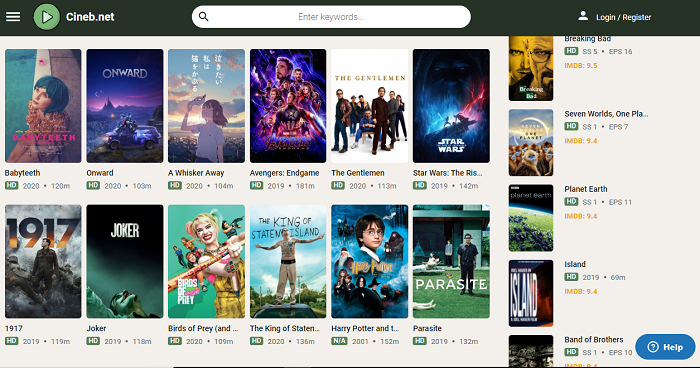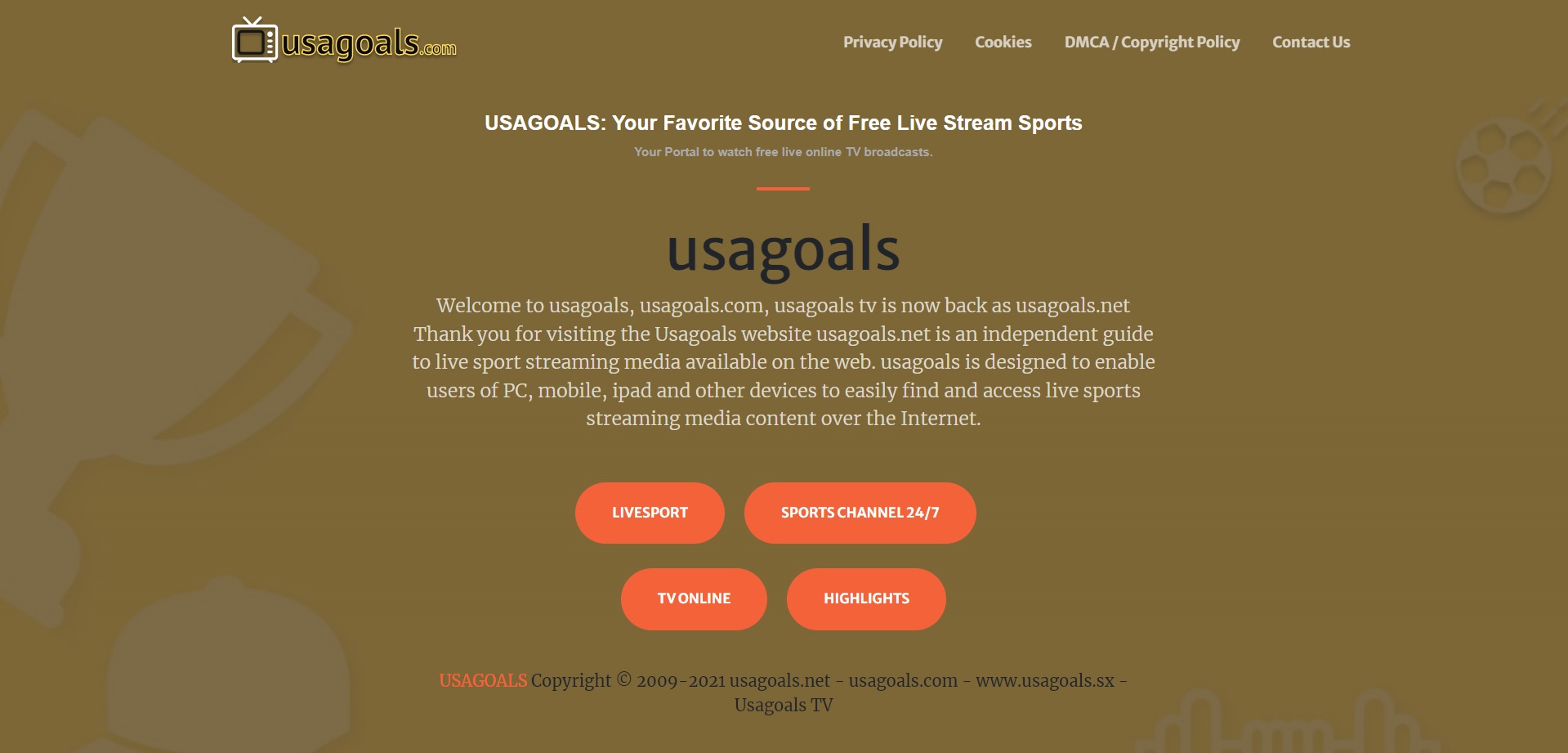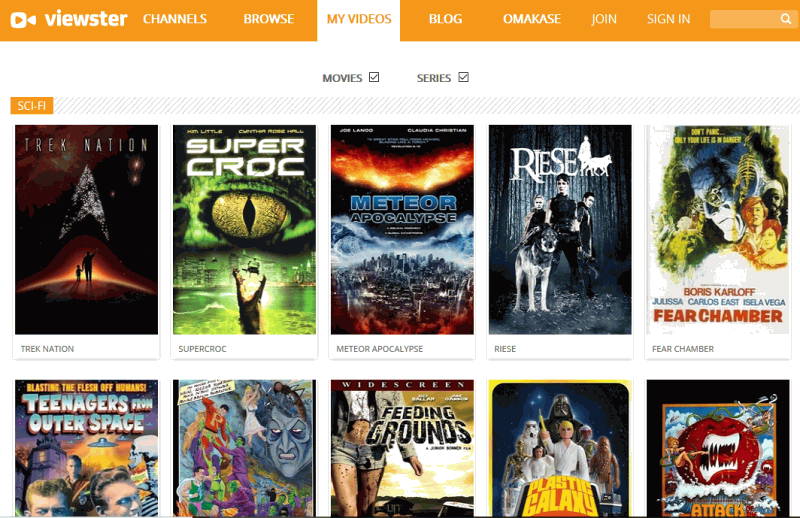Given the limitations of the human mind, it is a common practice for people to store what they cannot remember in documents. In this way, the information is not forgotten. However, doing this can often lead to unforeseen consequences. For example, documents meant for only a few people might find themselves on a torrent or news site open for all the world to see. To prevent you experiencing such a scenario, it is prudent that you familiarize yourself with the various security threats to your documents. Thereafter, you can start considering how to guard against the said threats.
Listed below are some of these threats.
1. Screen Grabbing Software and Cameras
Paper documents have fallen out of favor because they take up too much space and are time consuming and expensive to distribute. Luckily, technology allows us to store documents on hard drives, flash disks, and other hardware that take up much less space. And, to access the documents you just need to click a few buttons on your computer. These machines use various software to process the documents and display them in readable formats.
Unfortunately, the hardware also supports other software that can be used to record what is displayed on the screen in the form of images. So, if any document user opens a document on his or her computer screen, the user can take screenshots of the document. Even if you had incorporated document security measures, the recorded image will invalidate those controls as the image can be posted anywhere without your consent.
Also, almost everyone has a camera these days in their smartphones. The user taking photos of the opened document with a cellphone camera has the same (if not poorer) result: a document that the owner of the information has no control over.
2. .Print or Copy Devices
Printers are available almost everywhere you go. This means that document users can easily print paper copies of your document and distribute them at their own will. Even more infuriating is the fact that computers can be fooled into making document copies by using the print feature. In this way, instead of printing the document, users can “print to file” which ends up making an electronic copy of the same document. Of course, this electronic copy will be void of all your security measures and so has a higher chance of landing on a torrent site.
3. Internet Connectivity
Everyone would agree that internet connectivity is a good thing as it gives a connection to almost all the world’s computers with ease. However, unscrupulous individuals can use this connection to their advantage. For example, hackers thrive on exploiting the internet to gain access to users’ computers to make those computers do their bidding. And, if your documents are on your computer when a hacker gains access, the hacker can copy the files onto his or her own device to do with as he or she wishes.
4. Printed Document Copies
Printed documents are virtually untraceable which makes them dangerous. There is no way to track how they are used, who has accessed them, whether someone made copies, etc. Most of them also do not have underlying security controls. With the advent of scanners, it has even become possible to convert paper files back into electronic documents. Unless you use dynamic watermarks to identify users when you allow printing, one could scan the documents back into PDF format without worrying about any recourse.
5. Haphazard Security Controls
Haphazard security controls is another document security threat. For example, people assume that just because they locked their documents with passwords, the documents will be safe. Unfortunately, that is rarely the case. Document recipients can remove password protection if it inconveniences them. Also, passwords and login details can be shared or stolen. So, there is no way of knowing who is using a password which means a breach could be virtually undetectable.
Many other controls also make the mistake of not being holistic. A browser-based security system does not account for how easy it is for hackers to alter or take over a browser environment. Even cloud-based systems cannot verify who is using the login details.
6. Document Users
Perhaps the most dangerous element of all is the people you entrust with your documents. They are not as invested in your documents’ security as you are and will not take the necessary precautions to protect the integrity of your documents. Also, they could be part and parcel of the efforts to bring your documents into the limelight. You will probably have given them unfettered access and they can abuse that until they get what they want. It thus only makes sense to ensure that you retain a bit of control and surveillance to ensure you never fall victim.
Conclusion
Document security threats are everywhere and measures to counter them are in short supply. Some have touted Digital Rights Management (DRM) tools as a possible solution and you would have to check to see how effective DRMs are. If you have already done so, how does DRM measure up in comparison with other security measures?








Add Comment